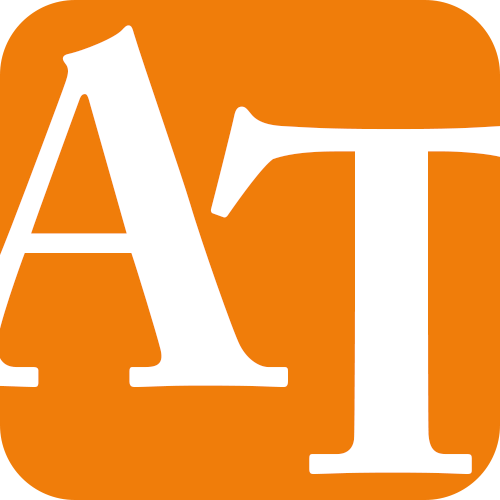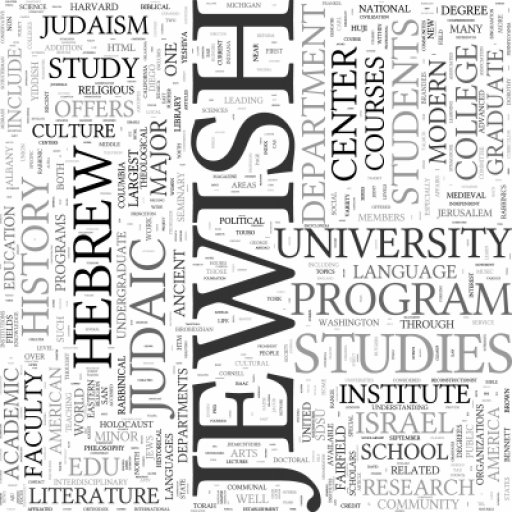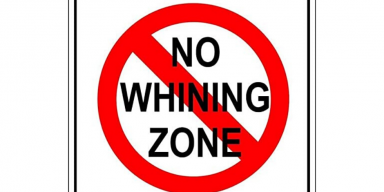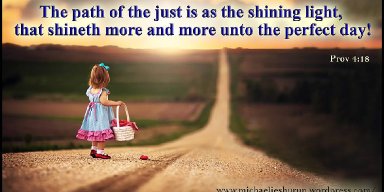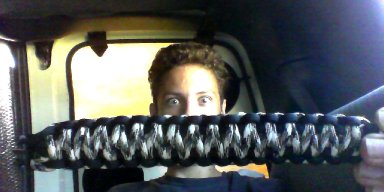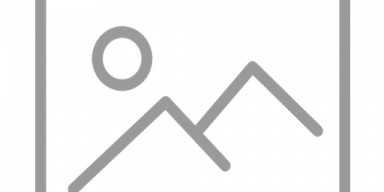At the end of my last post, I alluded to the fact that an element of German Jewish tradition took on a new meaning in the Conservative movement which put, over time, a considerable distance between it and Orthodoxy.The method of studying,...
Comments
2 Likes
Throughout most of the twentieth century, most Conservative rabbis were, for all intents and purposes, Orthodox. The decisions issued by the Committee on Law and Standards were mostly in accordance with Halachah (Jewish Law), and those that...
Comments
2 Likes
It is a fact that there are societal fads in terms of the place of religion in various cultures. In the 1920s and '30s, religion in the U.S., and in most Western countries, was seen as essentially irrelevant by most people. In the 1940, '50s and...
Comments
2 Likes
We have already seen that in nineteenth century Germany, two powerful non-Orthodox Jewish movements had arisen; Reform, and the Wissenschaft school. To be sure, there was was traditionally Orthodox community as well, that carefully maintained the...
Comments
2 Likes
We have seen in the last installment how the teachings of Rabbi Samson Raphael Hirsch led to the birth of Modern Orthodoxy, which has since morphed into several forms. There is, however, an alternative understanding of Hirsch, which flourishes...
Comments
2 Likes
We have seen how the views of Rabbi Samson Raphael Hirsch brought many to accept "culture" as something apart from Jewish Tradition, and the necessity of using Torah for the sanctification of "culture". There were many others who had similar...
Comments
Likes
